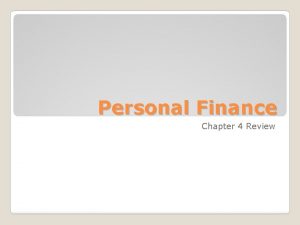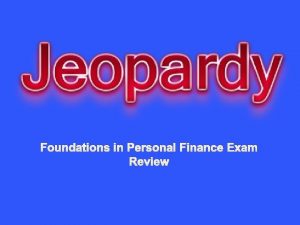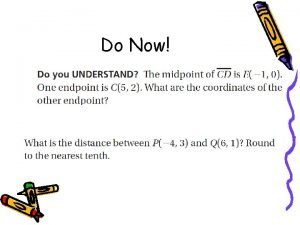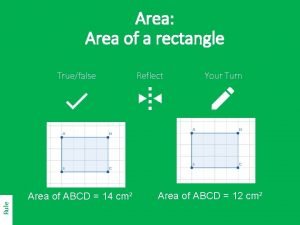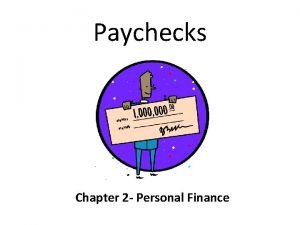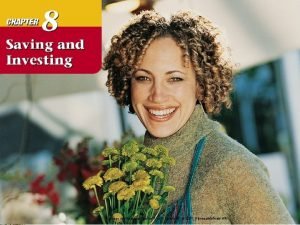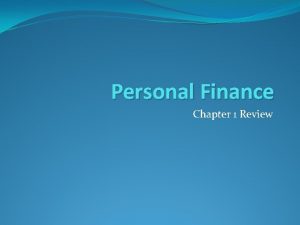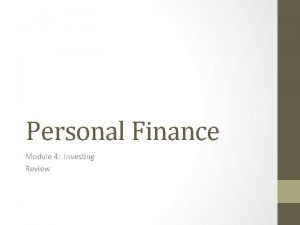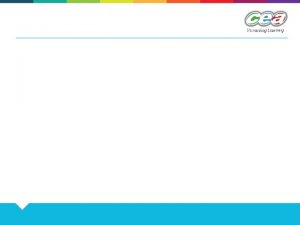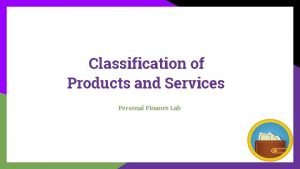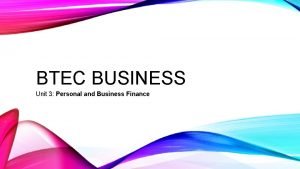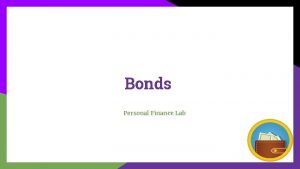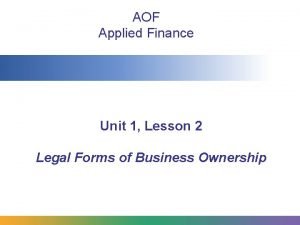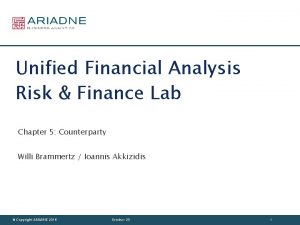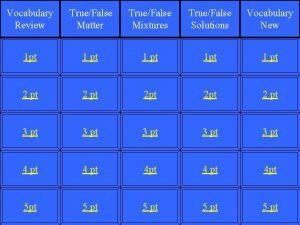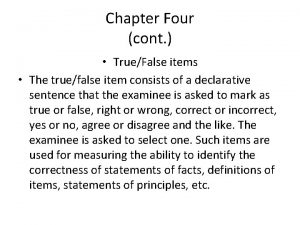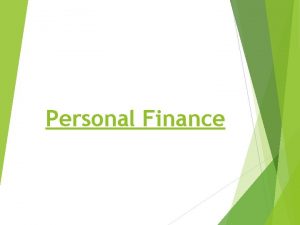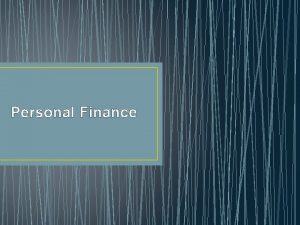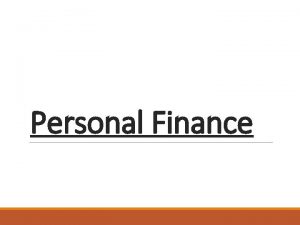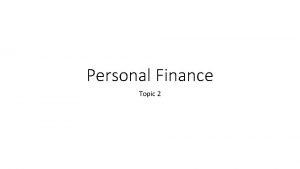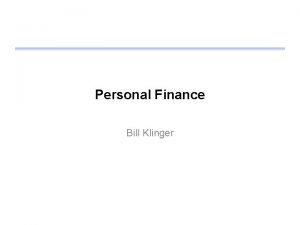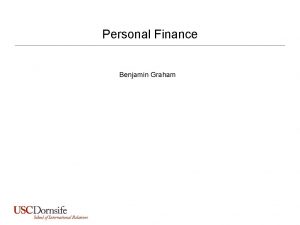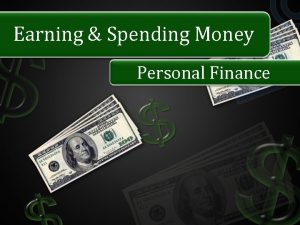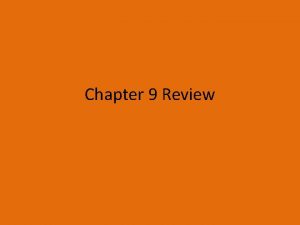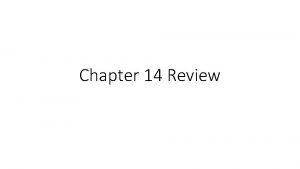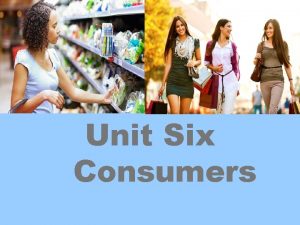Personal Finance Chapter 4 Review TrueFalse 1 Consumers




















- Slides: 20

Personal Finance Chapter 4 Review

True/False � 1. Consumers should always make quick decision about financial matters. They can always figure out how to pay for it later. � 2. Financial resources are money or other items of value that people can use to acquire goods and services.

True/False � 3. A personal balance sheet lists your income and expenses for a period of time. � 4. Luxury items fill physical needs and not emotional wants. � 5. A person’s actual income, saving, and spending may not be exactly as planned on their budget.

True/False � 6. Our needs and wants tend to be unlimited, while our financial resources tend to be limited. � 7. Keeping good records is not important to good budgeting or computing of variances. � 8. All assets increase in value over time.

True/False � 9. A budget is not a critical part of managing your money. � 10. When your estimated expenses are less than your actual expenses, the result is an unfavorable variance. � 11. Basic needs include items that make life more enjoyable, such as a television.

True/ False � 12. The term wants refers to items people desire for reasons beyond survival and basic comfort. � 13. A financial planner is trained to help people with advice about how to invest earnings, plan for retirement, and manage other financial matters.

14. A person budget $40 for entertainment but spent $60. What is the percent of variance? � 50% favorable � 50% unfavorable � 33% unfavorable

15. A person budgeted $75 for entertainment but spent $50. What is the percent of variance? � 50% favorable � 50% unfavorable � 33% unfavorable

16. The amount of income your planned for March was $2, 500. The amount you actually received was $2, 800 resulting in a �$250 favorable variance �$300 favorable variance �$250 unfavorable variance �$300 unfavorable variance

17. A financial plan should include �Personal Goals �Financial Goals �A timeline for reaching goals �All of the above

18. Which of these is the correct sequence for the five-step financial planning process? �Gather information, set goals, analyze information, develop a timeline, implement and evaluate the plan �Gather information, analyze information; set goals; develop a timeline; implement and evaluate the plan

19. The amount you budgeted to spend on food for June was $250. The amount you actually spent was $235, resulting in a �$10 �$15 �$20 favorable variance unfavorable variance

20. What is the first step in creating a personal budget? �Balance the budget �Estimate your expenses �Estimate your income �Plan the amount you will save

21. The amount of money a person has to spend after needs are met is called �Net income �Profit �Disposable income �Discretionary income �None of the above

22. Expenses that do not change every month, such as rent

23. A spending or savings plan based on expected income and expenses

24. A benefit or an item you give up when you choose to buy another benefit or item

25. The choice to give up a particular benefit or item to get another that you think is more desirable

26. Any debt owed that must be repaid

27. Money and items of value that you own
 Chapter 4 post test personal finance
Chapter 4 post test personal finance Chapter 1 introduction to personal finance
Chapter 1 introduction to personal finance Food chain
Food chain Producers primary consumers secondary consumers
Producers primary consumers secondary consumers Personal finance unit 1 review
Personal finance unit 1 review Personal finance final exam review
Personal finance final exam review How to find the volumeof a triangular prism
How to find the volumeof a triangular prism Area of rectangle rule
Area of rectangle rule Chapter 2 personal finance
Chapter 2 personal finance Personal finance 6th edition
Personal finance 6th edition Chapter 8 personal finance
Chapter 8 personal finance Personal finance chapter 1
Personal finance chapter 1 Overview of personal finance chapter 1
Overview of personal finance chapter 1 Chapter review motion part a vocabulary review answer key
Chapter review motion part a vocabulary review answer key Module 4: investing test answer key
Module 4: investing test answer key Personal finance gcse
Personal finance gcse Unsought products
Unsought products Personal and business finance btec level 3
Personal and business finance btec level 3 Personal finance lab
Personal finance lab Personal finance unit 1 lesson 5
Personal finance unit 1 lesson 5 Personal finance lab
Personal finance lab
